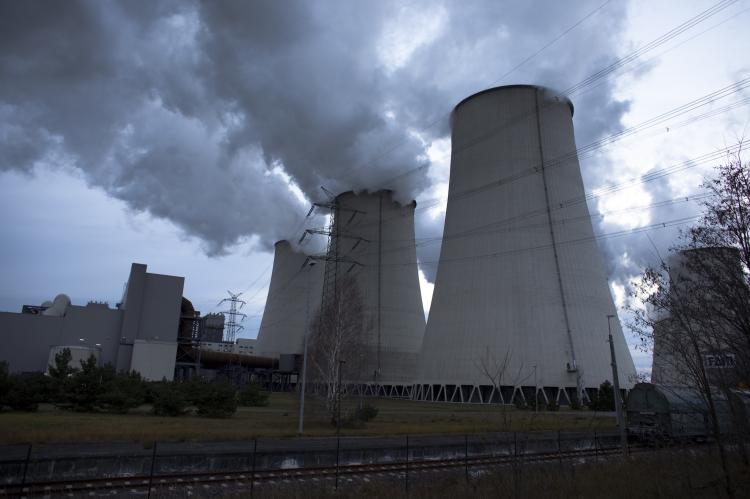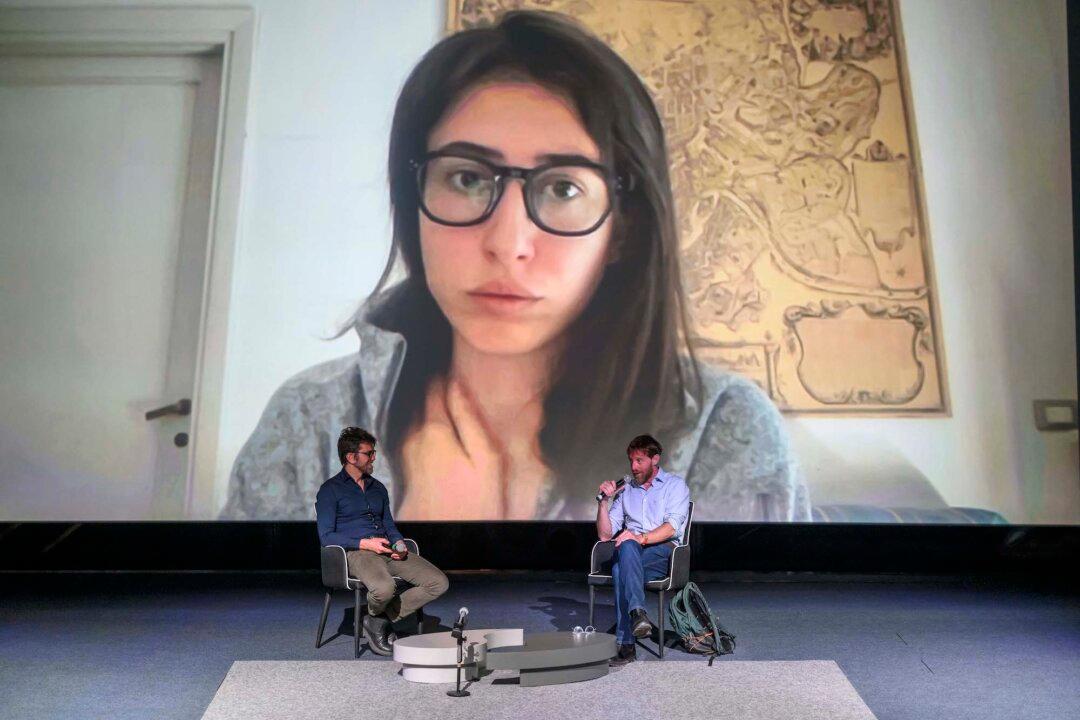An Australian scientist has created ‘crystal sponges’ to capture carbon dioxide emissions from power stations and general industry.
Splitting her work between California and Sydney, Dr. Deanna D’Alessandro has constructed crystals full of minute holes that can trap carbon dioxide (CO2), and theoretically almost any gas.
Dr. D’Alessandro’s high-tech crystals are known as metal-organic frameworks, which are clusters of charged metal atoms linked by carbon-based groups. Their molecular structures are essentially similar to the molecular structures of seashells and microscopic marine plants called diatoms.
When it comes to reducing greenhouse gases, size does not matter. One teaspoon of these molecular sponges has a surface area equivalent to a rugby field.
The concept is not new, but Dr. D’Alessandro’s crystals are more robust with molecular pores that could even be shaped using light. This gives them the ability to capture and release gases on cue.
They can also withstand the hot, wet environments of power station flues which currently use carbon capture technology based around toxic chemicals. And which can require up to 40 per cent of the power generated by the station to successfully capture CO2.
“So we’re finding more efficient materials and better materials to capture CO2,” Dr. D’Alessandro told ABC News.
The innovative scientist was awarded the L’Oréal Australia For Women in Science Fellowship for her achievement, which will provide $20,000 worth of equipment, travel support and a summer vacation student to assist her research.
The crystals may have other important applications including hydrogen storage, gas separation, and electrodes for sensors.
“I’m building a research team here in Australia that will help me turn my ideas into reality and contribute to a sustainable future,” she said in a press release.
Splitting her work between California and Sydney, Dr. Deanna D’Alessandro has constructed crystals full of minute holes that can trap carbon dioxide (CO2), and theoretically almost any gas.
Dr. D’Alessandro’s high-tech crystals are known as metal-organic frameworks, which are clusters of charged metal atoms linked by carbon-based groups. Their molecular structures are essentially similar to the molecular structures of seashells and microscopic marine plants called diatoms.
When it comes to reducing greenhouse gases, size does not matter. One teaspoon of these molecular sponges has a surface area equivalent to a rugby field.
The concept is not new, but Dr. D’Alessandro’s crystals are more robust with molecular pores that could even be shaped using light. This gives them the ability to capture and release gases on cue.
They can also withstand the hot, wet environments of power station flues which currently use carbon capture technology based around toxic chemicals. And which can require up to 40 per cent of the power generated by the station to successfully capture CO2.
“So we’re finding more efficient materials and better materials to capture CO2,” Dr. D’Alessandro told ABC News.
The innovative scientist was awarded the L’Oréal Australia For Women in Science Fellowship for her achievement, which will provide $20,000 worth of equipment, travel support and a summer vacation student to assist her research.
The crystals may have other important applications including hydrogen storage, gas separation, and electrodes for sensors.
“I’m building a research team here in Australia that will help me turn my ideas into reality and contribute to a sustainable future,” she said in a press release.







